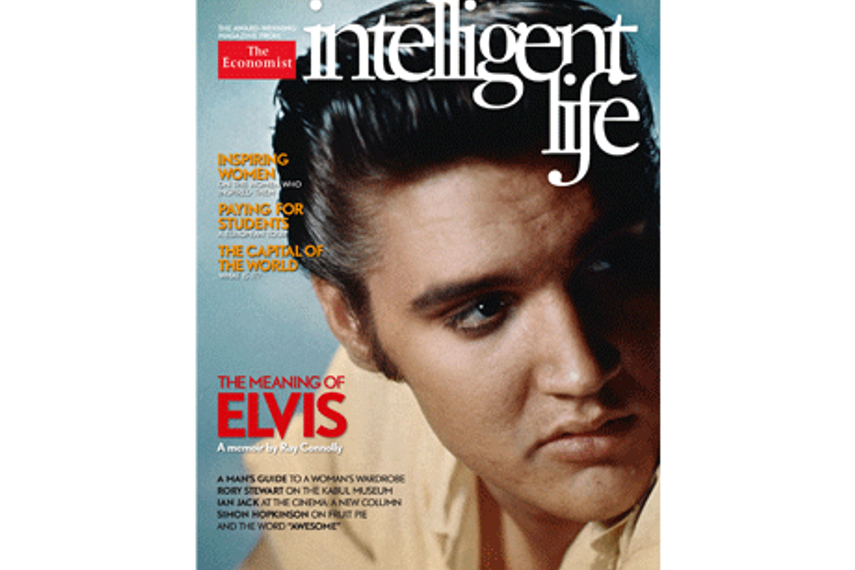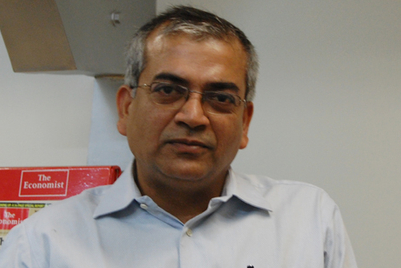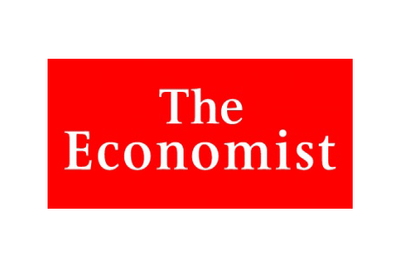
The Economist will soon introduce Intelligent Life as a quarterly in-bound supplement in India, Hong Kong and Singapore. In India, it will be launched within the 29 October 2011 issue. The print run will be the same as the total circulation for these markets. Following the January to June 2011 Audit Bureau of Circulation (ABC) results, The Economist's average circulation in India was 31,369.
Suprio Guha Thakurta, managing director, The Economist India, said, "Intelligent Life is the award-winning lifestyle and culture magazine from The Economist. It combines contributions from Economist journalists with specially-commissioned pieces from leading authors, including Hilary Mantel, Carlos Fuentes, and Michael Morpurgo.Intelligent Life is about making the most of your time: from tailoring to museums; hotels to philanthropy; choosing wine to going green."
Asked about how will this new title would be made attractive for Indian advertisers, he said, "Luxury and premium goods advertisers now have a fantastic opportunity to position their communication to the same elite Economist audience but in a more relaxed reading environment."


.jpg&h=334&w=500&q=100&v=20250320&c=1)
.jpg&h=334&w=500&q=100&v=20250320&c=1)
.jpg&h=334&w=500&q=100&v=20250320&c=1)
.jpg&h=334&w=500&q=100&v=20250320&c=1)
.jpg&h=334&w=500&q=100&v=20250320&c=1)
.jpg&h=334&w=500&q=100&v=20250320&c=1)
.jpg&h=334&w=500&q=100&v=20250320&c=1)
.jpg&h=334&w=500&q=100&v=20250320&c=1)
.jpg&h=334&w=500&q=100&v=20250320&c=1)








